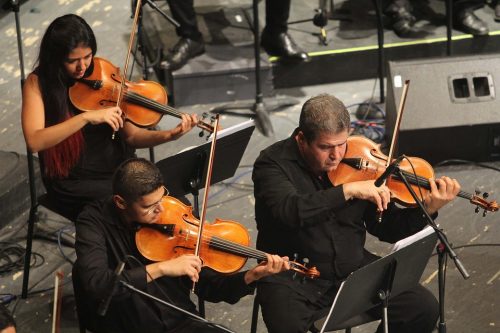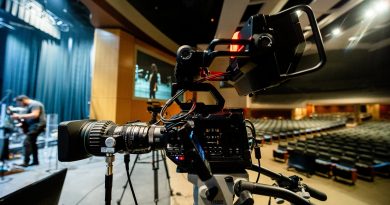Is It Better To Learn Piano or Violin First?
Can’t decide whether you should learn the violin or piano first? We feel you. Choosing your first musical instrument can sometimes be difficult, especially if it’s between a duo of the most popular choices.
You have the option to go for both, but violin and piano lessons cost a good chunk of change. Hence, it may be better to decide on one over the other in the meantime. Not to mention, the last thing a musician wants is to be dubbed “jack of all trades, master of none,” so let’s focus on one instrument at a time. Today, we’ll go over a list of considerations when choosing between the piano and violin as your first instrument.
Contents
Piano vs. Violin: Which Is Better To Learn for a Beginner
When choosing between these two instruments, the main concerns are their difficulty levels, costs, quality, and ensemble-friendliness. All these are covered in the following considerations.
1. Pianos Are Pricier
There’s no disputing this in general. Pianos are among the most expensive musical instruments and so many models can be found at many piano stores. Especially where entry-level models are concerned. Think Steinway & Sons and Yamaha; most beginners wouldn’t be willing to spend five to six figures on these items.
And if you’re in the market for an upright piano? Expect to spend no lower than $3,000 on a standard model and $10,000 on a quality one.
On the other hand, violins have lower price entry points, making them more attractive for learners and parents. Both pianos and violins come in models for various skill levels.
Most beginner violins come with only the basic features, but those made for professionals tend to include bells and whistles. For child learners, these instruments come in smaller sizes that are easier to grip, tune, and access the fingerboard.
2. Violins Win for Portability
Concert pianists might find it challenging to practice sufficiently on the road due to the inability to bring their own instruments with them. Portable keyboards should make things easier, but not by much, either. Professionals expect these things to happen and prepare well for them, but how about developing pianists? No doubt they’d be scratching their heads trying to find the best solution.
Since pianos aren’t easy to transport, honing your skills as a pianist could depend highly on limiting your journey to one location or nearby locations. That really isn’t something you can control, and you could still find yourself having to overcome travel hurdles as you go along.
If practicing and performing in other places is how you want to learn an instrument, the violin should very much lend to that objective. These instruments are easy to take on a flight, pack up in a car, or carry to a friend’s house. As a student, it’s essential to always have access to an instrument you’re trying to master.
Professional violinists are so attuned to their instrument because they always have it with them. They know the exact sounds it makes because they practice it regularly and don’t have to worry about traveling getting in the way.
You can play your violin within an hour of a recital or audition. Unlike pianos, violins generally allow for practicing until the last minute of most big events.
3. Violins Break More Easily Than the Piano
This is something to consider if you don’t quite have a handle on your instrument just yet. Violins are more fragile and might not be as forgiving to storage errors and handling mistakes as pianos. These are small instruments with delicate parts that you can’t leave exposed for too long. Even dropping your violin once could mean having to replace it.
A beginner trying to learn to position their violin is prone to dropping it. Not to mention, child learners could yet learn the value of caring for their instruments and, thus, break them accidentally and prematurely.
Pianos, on the other hand, while not indestructible, are much more robust than the violin. The worst being careless with these instruments can lead to are a few scratches and a blemish or two on the finish. That’ll still hurt, but scratches, blemishes, and even dents don’t make an unusable piano.
4. The Violin Is More Difficult To Learn
While mastering the piano is not an easy feat by any means, violin mastery involves a stiffer learning curve. Even starting, you’d have to put yourself in all these awkward positions to play the instrument correctly. You also have to master holding the bow and positioning the chin rest at the perfect angle.
A strong ear is also something you need to develop early on when learning the violin. When learning how to tune correctly, young students may end up breaking a few strings in the process.
So, Which Should You Learn First?
Both instruments have their pros and cons, as you can very well see above. At the end of the day, it’s really all about what your heart tells you. After all, your passion and determination to master an instrument should see you through the challenges of playing one.




